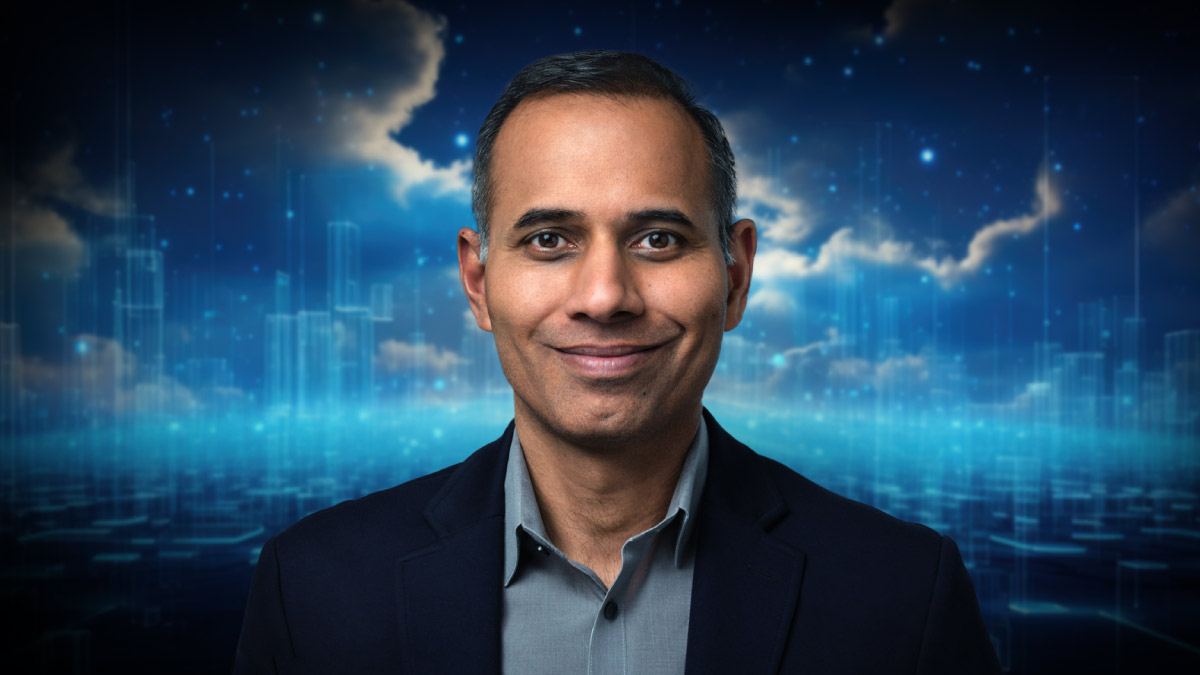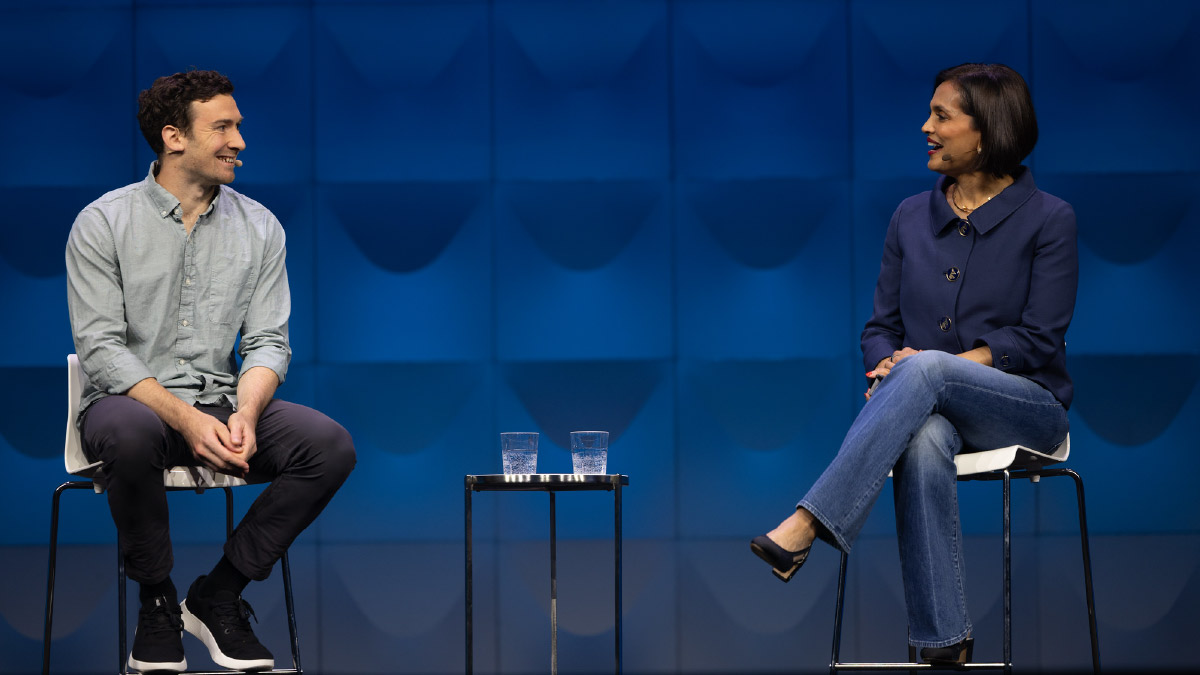In a multicloud world, security threats and complexity are mounting exponentially. That leaves IT and security teams struggling just to do their jobs.
Cisco has been tackling these problems on multiple fronts. And its latest entry is Multicloud Defense, an advanced network security solution that cuts through layers of complexity to ensure cloud infrastructures and their applications are consistently protected. An as a service offering, it drastically reduces provisioning time to mere minutes, speeds security updates at scale, and lowers operational overhead.
As one customer, Dr. Stacey Lanier, director of cloud engineering at Teradata, put it, “Cisco enables us to standardize for consistency across each cloud deployment, reduce operational overhead, and increase our business agility.”
To learn more, we spoke with Vishal Jain, Cisco’s VP for Multicloud Defense, to learn more about this unique and groundbreaking solution.
Thank you, Vishal! First off, maybe you could share a quick overview on the complexity and challenges that today’s IT and security teams face in multicloud environments.
So, I think some of the challenges they’re facing today is that the cloud is not the same as your data center, but the security requirements in terms of confidentiality, integrity, and availability are the same.
The cloud is a lot more dynamic, meaning applications and environments are always changing. And enterprises are spread across multiple cloud providers. This means that to be effective security controls must adapt and evolve as environments and applications change.
Let’s explore how Multicloud Defense is solving some of those problems, starting with security threats.
Multicloud Defense focuses on security outside the cloud application. Every app can potentially be exposed to a threat in the cloud, but we can use the network, in this case Multicloud Defense, to protect applications from inbound threats, unauthorized lateral movement, and outbound threats. And we ensure secure connectivity in a very effective way.
So, Multicloud Defense begins with visibility into this highly distributed environment?
That's correct. You cannot secure what you cannot see in this environment. So, Multicloud Defense provides visibility across all your cloud environments and into all of your cloud assets, agnostically. And then, you can apply security policies consistently everywhere. In contrast, static solutions force you to provision individual security controls, leaving gaps in visibility and increasing the likelihood for misconfigurations.
What are some of the additional advantages of an as-a-service offering?
That's a very important topic. Like I said, everything in the cloud is delivered and consumed as a service, including storage, compute, networking, warehousing data, and so on. So, why not network security? And again, Multicloud Defense takes enterprises out of managing the security infrastructure. We have a very unique architecture as a service. For example, our control plane is delivered as a SaaS. So now you can manage that infrastructure everywhere, across every cloud, every account.
Dr. Stacy Lanier, from your customer Teradata, said Multicloud Defense has saved his organization “millions of dollars and many man hours.” Could you expand on Multicloud Defense’s ROI?
If you look at the environment in which a user like Teradata operates, it’s pretty huge. They need to have security across each cloud, with a single policy across all the regions. Now, in terms of the dollars and the hours, let’s look at just one area. Upgrades become much more seamless with Multicloud Defense, because we do all the upgrades from one control plane. So, policy upgrades that used to take many hours now take minutes.
And in terms of the dollars saved, given the way the architecture works and the high availability of our control plane, we take care of all the intelligence in the controller. So, the controller becomes a brain, carrying out management of the infrastructure policies and networking together in one location. It's a converged solution. So, yes, they save a lot of money and man hours with this.
You co-founded Valtix, which was acquired by Cisco this year. How does this make both organizations stronger?
The synergy is huge. Cisco is very strong in the firewall space. So, the idea was to bring Multicloud Defense to all 40,000 Cisco firewall customers but do it in the hybrid environment —with a unique solution in a seamless way. I’m excited to say we now have a very, very strong, differentiated offering. And we are actually the only ones who provide this solution today in the industry.
Cisco enables you to scale globally. But are you able to maintain your startup culture?
From Day 1, from the first minute, we were told to stay in the startup mode. So, we get the start-up agility, but with the Cisco scale. Cisco also provides a great mechanism for distribution and integration with Cisco’s other products, like for networking and firewall, creating significant opportunity and value for customers.
It sounds like culturally it’s working out quite well.
It’s been awesome, actually! I’ve been with Cisco three times in the past, two of those times with startups, and it’s always a net-net positive. You can still be agile, but Cisco helps with the things you can’t build yourself.
What do you see for the future? Especially now that you are part of Cisco?
I feel that Multicloud Defense could become a huge offering for Cisco, a flagship product. Again, I’ve integrated with Cisco twice before, and those became big product lines. I hope to repeat that success this time as well. We are very strong in the public cloud and the hybrid cloud as well, and we want to take that solution to our firewall customers and be the best in the business.
And in terms of security, the bad guys aren’t letting up anytime soon, are they?
The industry is changing fast, and so are the threats. We need to be on our toes. It never hurts to be a little paranoid, but if we execute in the right way, we’ll win.





